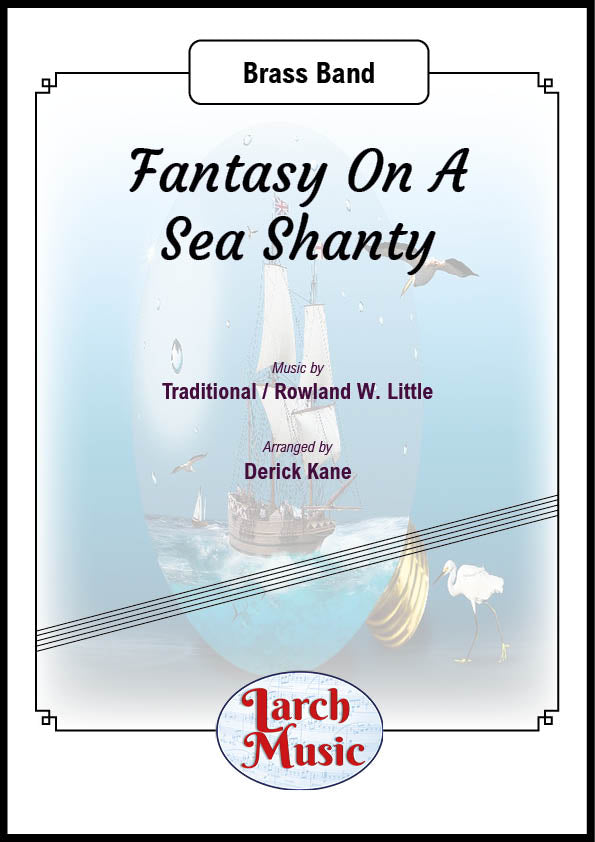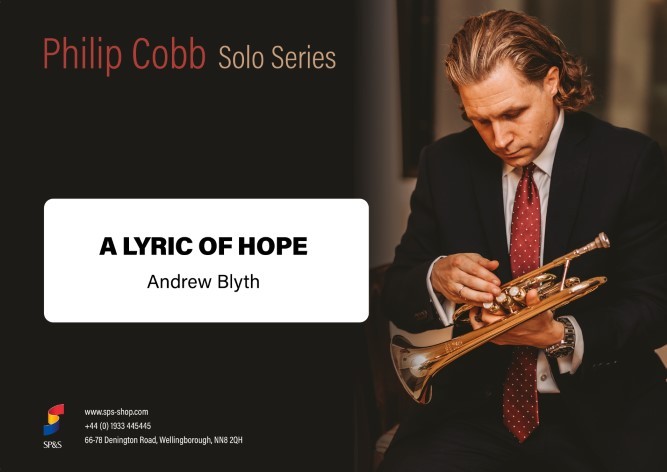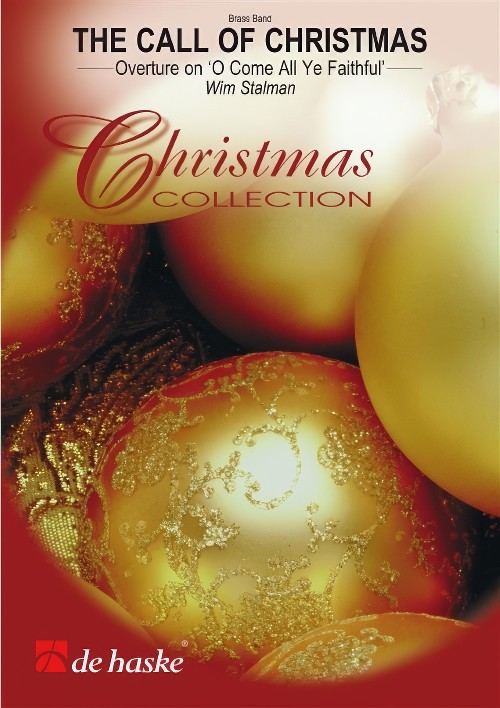Results
-
 £25.00
£25.00Fantasy On A Sea Shanty (Traditional / Rowland W. Little arr. by Derick Kane) - Brass Band Full Score and Parts - LM487
COMPOSER: Traditional / Rowland W. LittleARRANGER: Derick KaneThe well-known 'drunken sailor' shanty is presentedin changing moods interspersed with other nautical referencesOne for your next concertLM487ISMN - 9790570004874
In Stock: Estimated dispatch 3-5 working days
-
£29.95
THIS IS MY STORY (Cornet or Trumpet Solo with Brass Band Set) - Krister Lundkvist
A 'Latin' style solo for cornet or trumpet based on the hymn tune 'Blessed Assurance'.
Estimated dispatch 7-14 working days
-
£34.95
RHAPSODY FOR CORNET AND BAND (Cornet Solo with Brass Band Set) - Ray Bowes
This is a lyrical solo based on the carol 'A Christmas Lullaby'.
Estimated dispatch 7-14 working days
-
 £29.95
£29.95A Lyric of Hope (Cornet Solo with Brass Band - Score and Parts) - Blyth, Andrew
A Lyric of Hope in not based on a set of song words, but directly from scripture. The composer wrote this original work especially for Philip Cobb. Duration: 4.30
Estimated dispatch 7-14 working days
-
 £34.95
£34.95Rhapsody For Cornet And Band (Cornet Solo with Brass Band - Score and Parts) - Bowes, Ray
This is a lyrical solo based on the carol 'A Christmas Lullaby'.
Estimated dispatch 7-14 working days
-
 £17.50
£17.50Rhapsody For Cornet And Band (Cornet Solo with Brass Band - Score only) - Bowes, Ray
This is a lyrical solo based on the carol 'A Christmas Lullaby'.
Estimated dispatch 7-14 working days
-
 £29.95
£29.95This Is My Story (Cornet or Trumpet Solo with Brass Band - Score and Parts) - Lundkvist, Krister
A 'Latin' style solo for cornet or trumpet based on the hymn tune 'Blessed Assurance'.
Estimated dispatch 7-14 working days
-
 £14.95
£14.95This Is My Story (Cornet Or Trumpet Solo with Brass Band - Score only) - Lundkvist, Krister
A 'Latin' style solo for cornet or trumpet based on the hymn tune 'Blessed Assurance'.
Estimated dispatch 7-14 working days
-
 £59.99
£59.99Lairg Muir (Cornet Solo with Brass Band - Score and Parts) - Sparke, Philip
Laig Muir is close to the village of Lairg on Loch Shin and is surrounded by heather moss. A beautiful solo for your cornet player.Duration: 4:30
Estimated dispatch 7-14 working days
-
 £60.99
£60.99The Call of Christmas (Brass Band with Optional Choir - Score and Parts) - Stalman, Wim
Overture on O Come All Ye FaithfulDuration: 6.00
Estimated dispatch 7-14 working days

